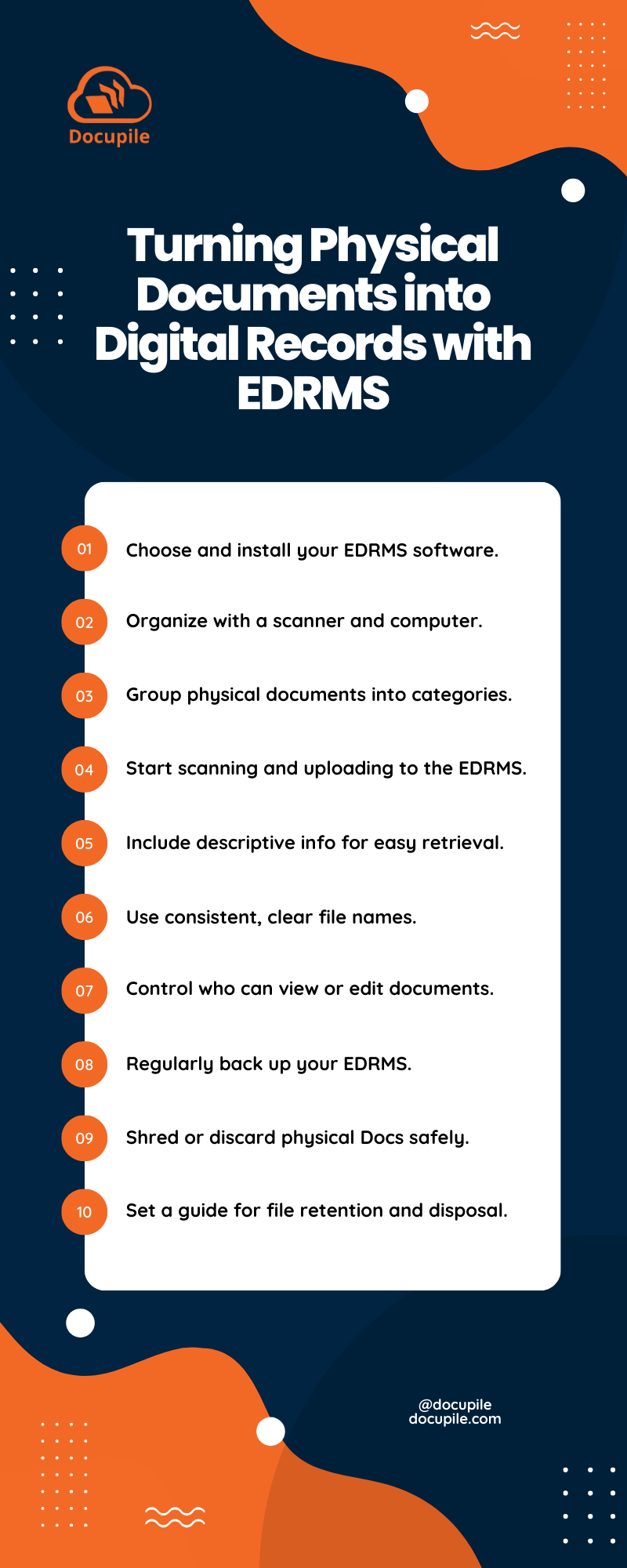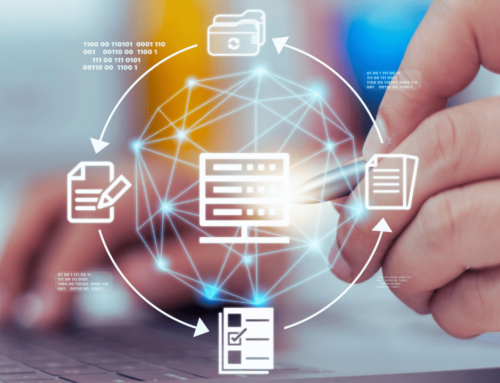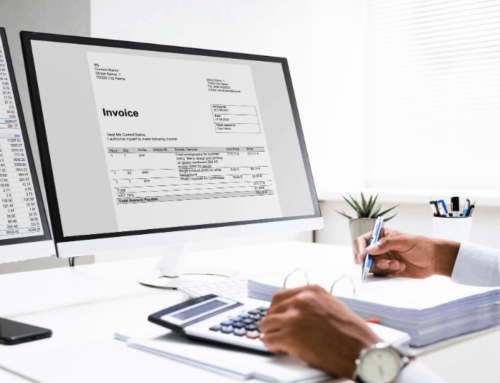EDRMS – Your Path to Digital Mastery!
Are you drowning in a sea of paperwork? Step into the future of document management with us! In this blog post, we’re about to explore a nifty tool called Electronic Document and Records Management Systems (EDRMS) and how it can revolutionize the way we handle paperwork. We’ll unravel the inner workings of EDRMS, know more about electronic records, its advantages and break down the complexities and show you, step by step, how to transition from paper to pixels. Along the way, we’ll cover some cool concepts like metadata and version control. Whether you’re a tech-savvy young adult or someone with a bit more life experience, this guide is here to help you make your document world a whole lot neater and safer.
What are Electronic Records?
Electronic records, sometimes called e-records, are like digital versions of papers and files. They are made, received, and kept on computers or other electronic devices. For example, emails, digital contracts, and financial reports are all electronic records. They’re really important in how we manage and keep track of information nowadays because so much is done on computers.
WHAT IS AN ELECTRONIC DOCUMENT & RECORDS
MANAGEMENT SYSTEM (EDRMS) ?
MANAGEMENT SYSTEM (EDRMS) ?
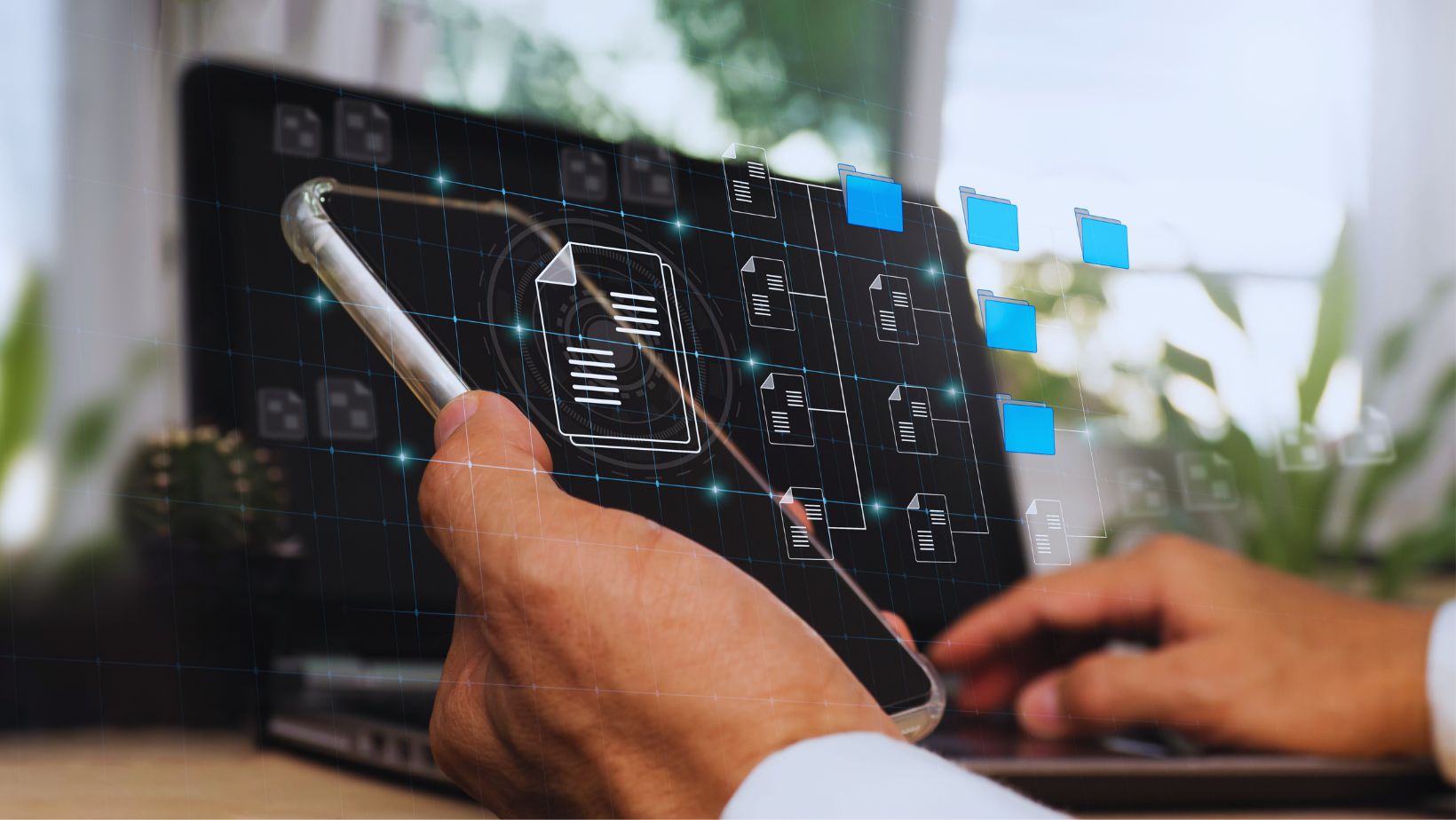
An electronic document and records management system (EDRMS) is a software application that handles digital data such as email, word-processed documents, spreadsheets, pictures, and scanned documents. An EDRMS can also manage paper records and physical assets.
An EDRMS allows for desktop access to information within an organization while also providing the security, access, version control, and audit capability required for best-practice information management. An EDRMS can also provide automated business processes like workflows and approvals.
How Does an EDRMS Works?
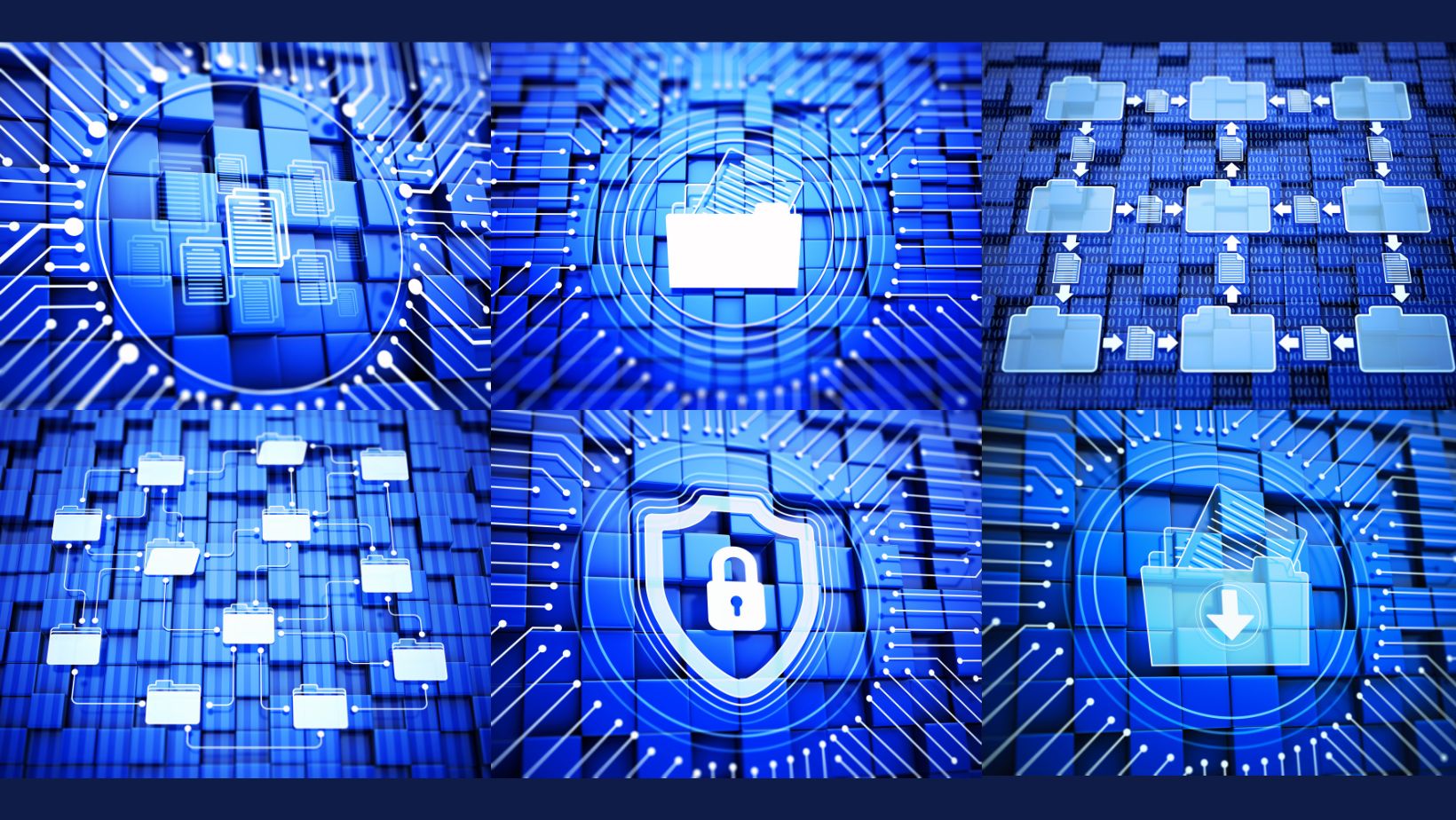
Go Digital With EDRMS – Tame Your Paper Tiger Today!
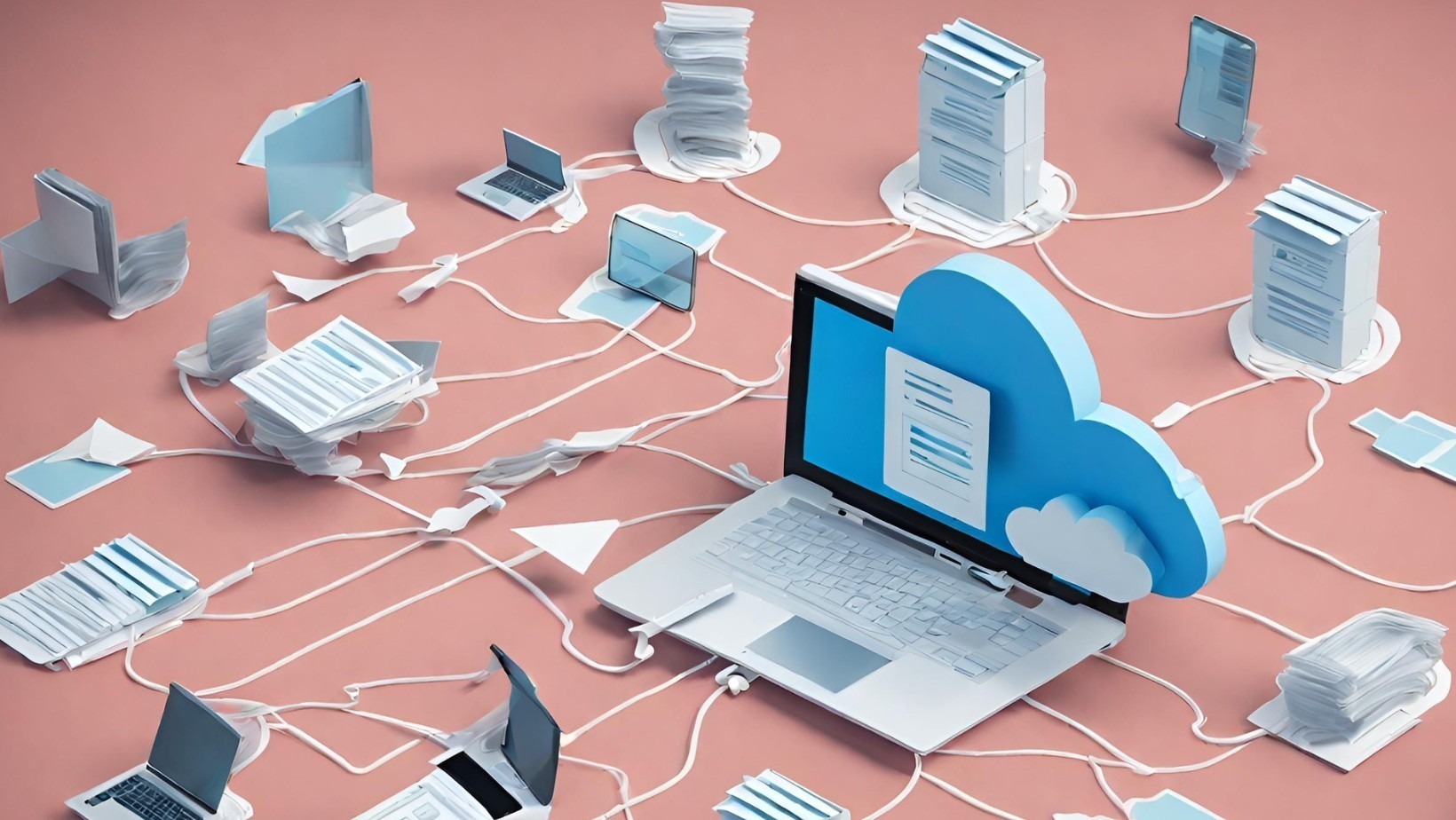
As we wrap up this journey through the world of EDRMS and digital document management, it’s clear that the power of technology and the advantages of electronic records can truly transform how we handle paperwork. Embracing tools like EDRMS opens a world of efficiency, accessibility, and security. Now, imagine having a solution that seamlessly incorporates all the nifty features we’ve discussed in this post. That’s where Docupile comes in. With Docupile, you get a user-friendly EDRMS that simplifies everything from capturing and tagging documents to secure access control and compliance. It’s like having a digital assistant dedicated to keeping your documents organized and accessible. Whether you are tech-savvy or just starting out, Docupile brings efficiency to your fingertips. Say goodbye to the paperwork shuffle and hello to a smarter way of managing your documents!
Want to learn more? Check out our – Guide on How to Select the Perfect EDMS!


